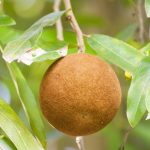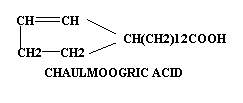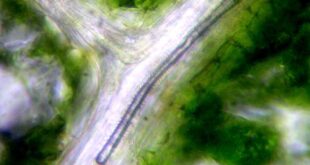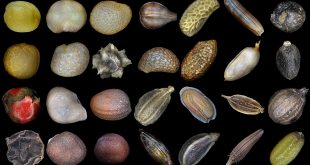Fatty acid is an important constituent of fat and is the derivatives of hydrocarbon. It is a carboxylic acid (-COOH) with a long aliphatic chain, which is either saturated or unsaturated. Some fatty acids may have hydroxyl group in its chain (hydroxy fatty acids) and still others may possess ring structure (cyclic fatty acids).
- Fatty acids occurring in natural fats are usually monocarboxylic.
- Fatty acids contain even number of carbon atoms, range from 4 to 30.
- Odd numbered fatty acids are mostly frequent in bacteria and lower plants or animals.
- Are usually derived from triglycerides or phospholipis.
- Various categories of fatty acids are involved in lipid formation.
Good to know:
- Each fat molecule consists of one glycerol molecule and three fatty acids.
- Saturation means without any double bond, triple bond or any ring.
- Stearic acid is saturated and oleic acid is monounsaturated.
- Most naturally occurring fatty acids are of even numbered carbon as they are produced by the successive addition of 2 Carbons each time (2 carbon block) with the help of Acetyl Co-A.
Depending on the degree of saturation in their carbon chain, fatty acids are of two types:
1. Saturated fatty acids
- Have no double bonds between the individual carbon atoms of the fatty acid chain. That is the chain of carbon atoms is fully saturated with hydrogen atoms.
- The general structure of these acids is CH3(-CH2)nCOOH.
- Found in plant and animals. There are many kinds of naturally occuring saturated fatty acids, which differ mainly in the number of carbon atoms, from 3 carbons (Propionic acid) to 36 (Hexatriacontanoic acid).
- Examples of saturated fatty acids: Stearic acid.
2. Unsaturated fatty acids
- Contain one or more double bonds or triple bonds in the C-H chain.
- Good for human health.
- Found in plants and animals.
- Unsaturated oils obtained from plants are of supreme economic importance.
- Unsaturated fatty acids are more abundant than the saturated fatty acids.
- Can be either monounsaturated or polyunsaturated.
- Examples of unsaturated fatty acids: Oleic acid, linoleic acid etc.
Besides these two types of fatty acids, there are two more fatty acids:
3. Hydroxy fatty acids
- Are ricinoleic acid.
- Is a C 18 acid with a double bond at C9 and OH group on C12.
- One of these found in castor oil (ricinolic acid).
- Cerebronic acid, obtained from animal lipid, is another important hydroxy acid with an OH group on C12.
4. Cyclic fatty acids

www.best-home-remedies.com/herbal_medicine/herbs/chaulmoogra-oil.htm
- These are of rare occurrence.
- Chaulmoogra oil, used in the treatment of leprosy (endemic disease), contains 2 such acids- hydnocarpic acid and chaulmoogric acid.
- Chaulmoogra oil is deruved from the seed of a herb called chaulmoogra. It is usually given intravenously.
- Generally produced by bacteria and less frequently by plants.

Best safe and secure cloud storage with password protection
Get Envato Elements, Prime Video, Hotstar and Netflix For Free
 Plantlet The Blogging Platform of Department of Botany, University of Dhaka
Plantlet The Blogging Platform of Department of Botany, University of Dhaka





